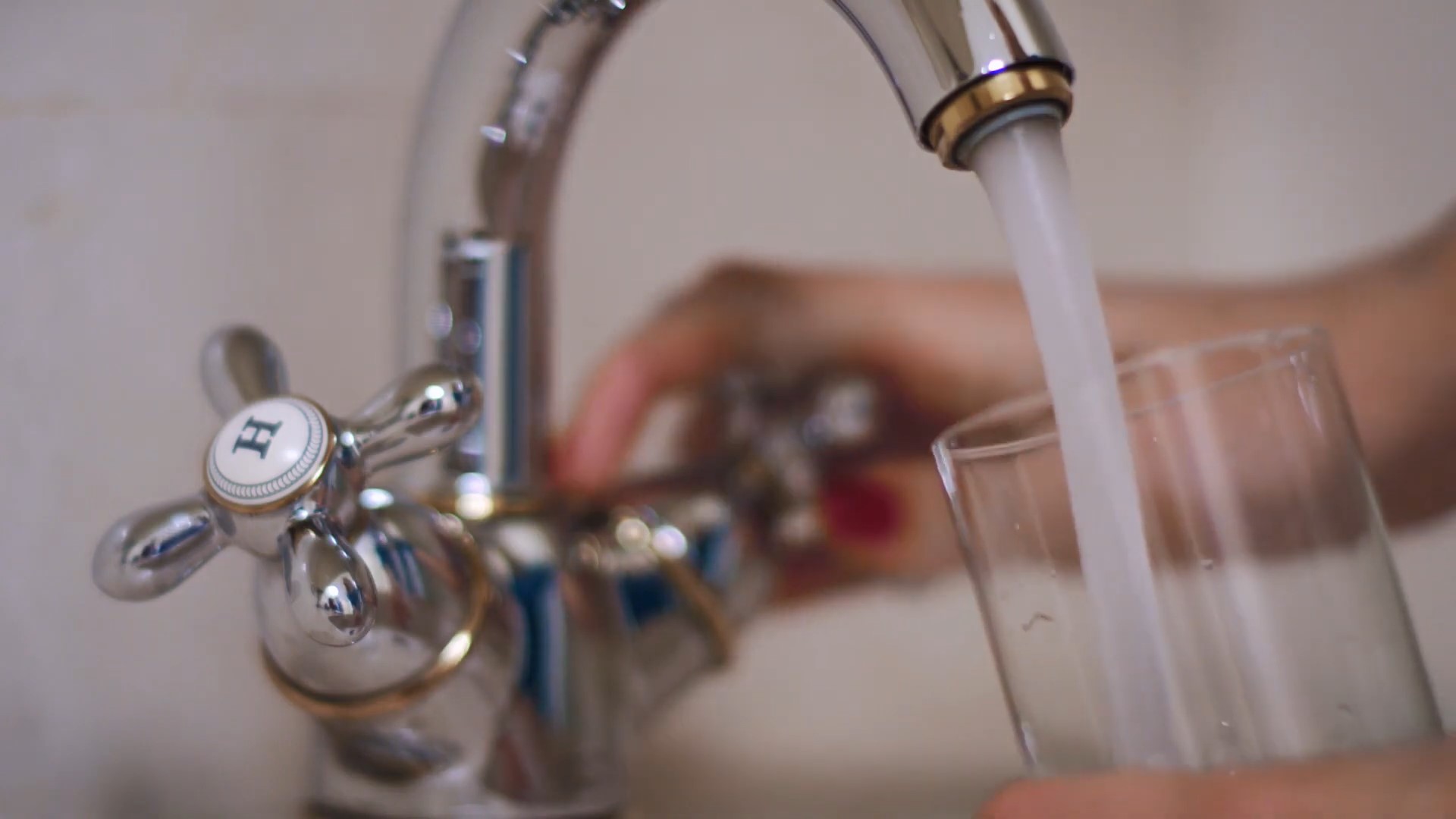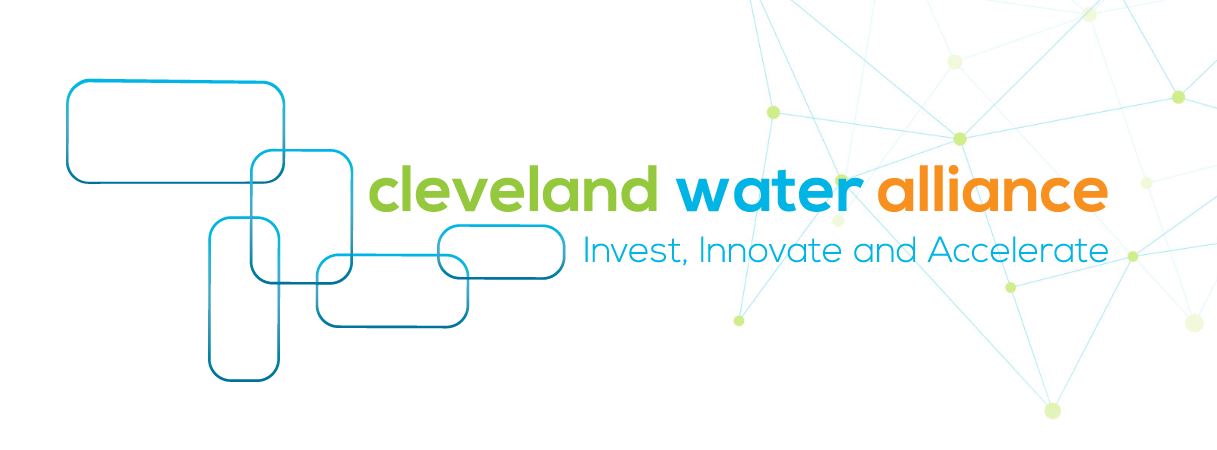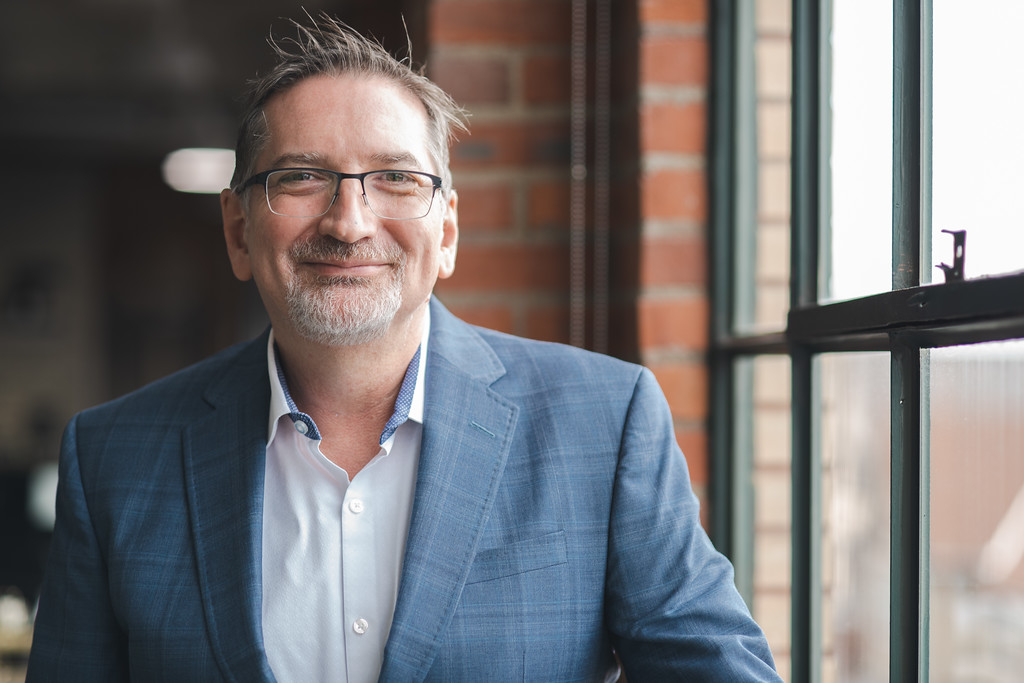
“The Erie Situation,” a new documentary about toxic algae blooms will air simultaneously on six PBS stations in four states at 9 p.m. ET on Monday Sept. 12. To see if your station is one of them, click HERE.
It was mostly a coincidence that the Cleveland Water Alliance launched in 2014 – the same year the Flint water crisis began, and Toledo’s drinking water system shut down because of a toxic algae bloom in Lake Erie.
“Cleveland had wanted to do this for several years before 2014, going back to our burning Cuyahoga River, Lake Erie being called dead,” said Brian Stubbs, executive director and president of the Alliance. “There had been work on some sort of water-technology cluster. We knew we had deep expertise regionally, and we have these great research institutions that care deeply about water.”
Now, nearly a decade later, the Alliance is working to prevent such crises with technology, helping to create early warning-type systems around water quality and supporting private companies that are developing and testing technologies as well as promoting careers in water science.
Stubbs will be one of the guests in the Sept. 12 Great Lakes Now Facebook Watch Party at 7 p.m. ET, an event that previews a special airing of “The Erie Situation” documentary on six PBS stations including five in cities and viewing areas that border Lake Erie. Tune in to that at 9 p.m. ET and click HERE to see if your local station is airing the program.
Great Lakes Now’s Sandra Svoboda talked with Stubbs about his work and the Cleveland Water Alliance. The interview was conducted via telephone and edited for clarity and length.
Great Lakes Now: Looking back at all the environmental and human-made problems that have caused drinking water crises, what has happened that has helped the work you do at the Cleveland Water Alliance?
Bryan Stubbs: I don’t think we’ve done enough, we need to do more. It was important that once there was an immediate reaction for public health that we’d be able to track what’s coming and getting some really baseline first-floor technologies deployed. But we need to do more, and we need to do it in a synergistic way, you can just throw money at one part of it.

Great Lakes Now: Did the two major crises of 2014, relatively near to Cleveland with Flint, Michigan and Toledo, Ohio, and now recent attention to lead service lines, especially in Benton Harbor, Michigan, help raise awareness and support for the Alliance’s work?
Stubbs: One of the challenges is that while they got the world’s attention for a week, they’ve remained in full attention for most of us in these northern counties of Ohio. But I don’t think it’s on the radar of anybody in southern Ohio, even though they’ve got HABS in the Ohio River, they’re significant, and the Ohio River is a source for drinking water. Living on the shores of Lake Erie, we’re always thinking about it, but I don’t think the priority is there for those who don’t see the lake on a regular basis.
For links to state HABS data, click HERE.
Great Lakes Now: The film “The Erie Situation,” is an in-depth look at the circumstances around the source of the problem for Toledo: toxic algae blooms in Lake Erie. What’s the connection between the Alliance’s work, what you see in Cleveland, and the film’s narrative?

Bryan Stubbs, executive director and president, Cleveland Water Alliance. Photo courtesy CWA
Stubbs: This is a worldwide problem, and the film notes this. We always say we’re developing solutions and technologies and innovations here that can not only solve problems here, but they can be exported to solve problems worldwide.
Great Lakes Now: More and more buoys are being placed in Lake Erie and elsewhere for real-time data gathering about water quality. Tell us about that work.
Stubbs: Nearly all Ohio counties with Lake Erie shoreline have buoys that collect data about water quality and chemistry. That helps utility companies have a better idea of what’s coming at them. The point is not having one data point, it’s having thousands of different data points in different areas to tell a data story.
Great Lakes Now: It seems that we’re fairly clear on some of the causes of water pollution as it continues to impact communities’ drinking water. Where are we on solutions?
Stubbs: We’ve got to get serious about infrastructure. Obviously at the federal level, they’re starting to hear us, and the initial package that the Biden Administration put forth and got agreement on was fantastic, but it’s only going to cover about 15 percent of our needs. We’ve got to get alignment that strong infrastructure means a strong economy and a strong economy means a strong society. They’re all connected.
The second thing is that we’re driving the market to come up with better solutions. We’ve got their attention: here’s the market need so how do we accelerate the development of the solutions, the innovations. So let’s help to solve these problems as fast as we can and also recognize that the government can’t solve it all for us.
Great Lakes Now; Back to “The Erie Situation” film, what do you hope audiences take away from the documentary and then do after seeing it?
Stubbs: I think there’s going to be frustration that we’re not doing this quick enough, we’re not taking care of this fast enough. I hope they talk to their elected officials. There are a couple of key things that drive people’s voting, and for us, I think, this is about bringing the attention to our legislators. At the state level, we don’t do enough, so I hope they talk to their state reps and senator and ask what they’re doing. I think bringing it up more often will cause change.
Catch more news at Great Lakes Now:
Mapping the HABs: Click to see your state’s reports
Danger Looms Where Toxic Algae Blooms
“Talking about the bloom:” Meet filmmaker David J. Ruck
Featured image: Filling glass with water from faucet (Great Lakes Now Episode 1025)




